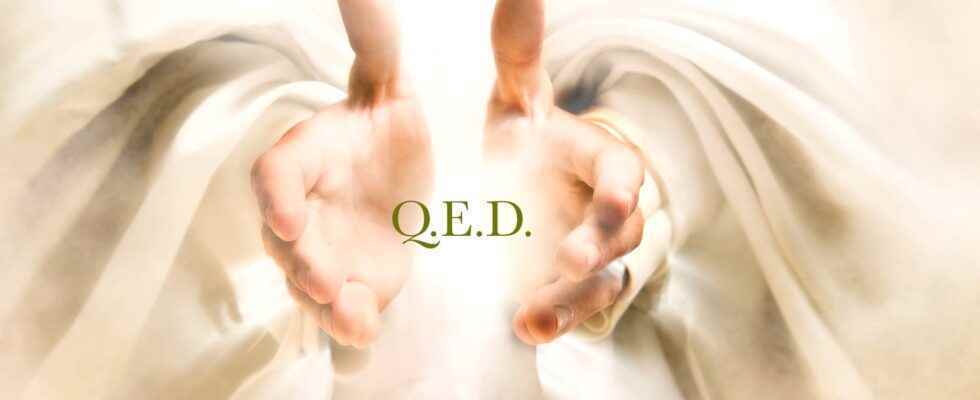The second axiom continues to provide a framework for P. If the opposite of something is positive, then that “something” must be negative. In doing so, Gödel divided a world into black and white: something is either good or bad. For example, if health is good, disease must necessarily be bad.
With these two assumptions, Gödel can derive his first theorem: If φ is a positive property, then there is a possibility that a x with property φ exists. That is, it is possible for positive things to exist.
How do you define God mathematically?
Now the mathematician turns to the definition of a divine being for the first time: Accordingly, is x divine if it possesses all the positive properties φ. The second axiom ensures that a God so defined cannot have any negative characteristics (otherwise one would create a contradiction).
The third axiom states that divinity is a positive quality. This point is not really debatable, since divinity combines all positive characteristics.
The second theorem now becomes a little more concrete: by combining the third axiom (divinity is positive) and the first theorem (there is a possibility that something positive exists), a being could x exist, which is divine.
Gödel’s goal is now to show in the following steps that God must inevitably exist within this defined framework. For this he introduces the »essence« φ of an object in the second definition x a, i.e. a characteristic property that determines all other characteristics. A vivid example of this is “puppyness”: If something has this quality, it is bound to be cute, fluffy, and clumsy.
